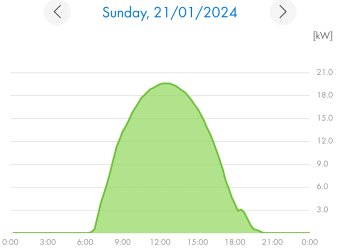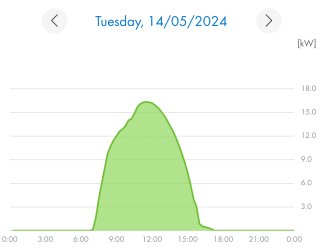Think of this as a airconditioner that only heats.My plumber is trying to get me to install a heat pump hot water system, I'm sceptical of the lower pressure and lower water temps and slower heating it will provide.
Anyone have experiences with these ?
Currently have a 15 year old 390L gas storage tank hot water which we love but it's about to die
It takes the difference in temperature from the ambient air (located outside under cover ideally) and a temperature at negative some degrees celsius. Depending on where you are and the brand/model you choose then generally you generate the same heat as a straight electric HWS for 1/3rd to 1/6th the electricity used.
I've been wondering about HP HWS and whether they produce 'waste' cold airconditioned air? If so then it might be worthwhile having a diverter into your house for part of the year. Similarly, I wonder if you could improve the performance of the HP HWS by directing the hot air from an existing external aircon system towards the inlet duct of the HP HWS?
For some reason, the cost of heat pump hot water is the flip side of solar panels vs the USA. Perhaps two to three times the price of in the US.
A good HP HWS can pay for itself (the cost difference) in as little as 8 months in Hawaii for example. Meanwhile PV installation is around 16x more expensive. A good chunk of the additional PV cost is from State Govt/County filing fees.




















